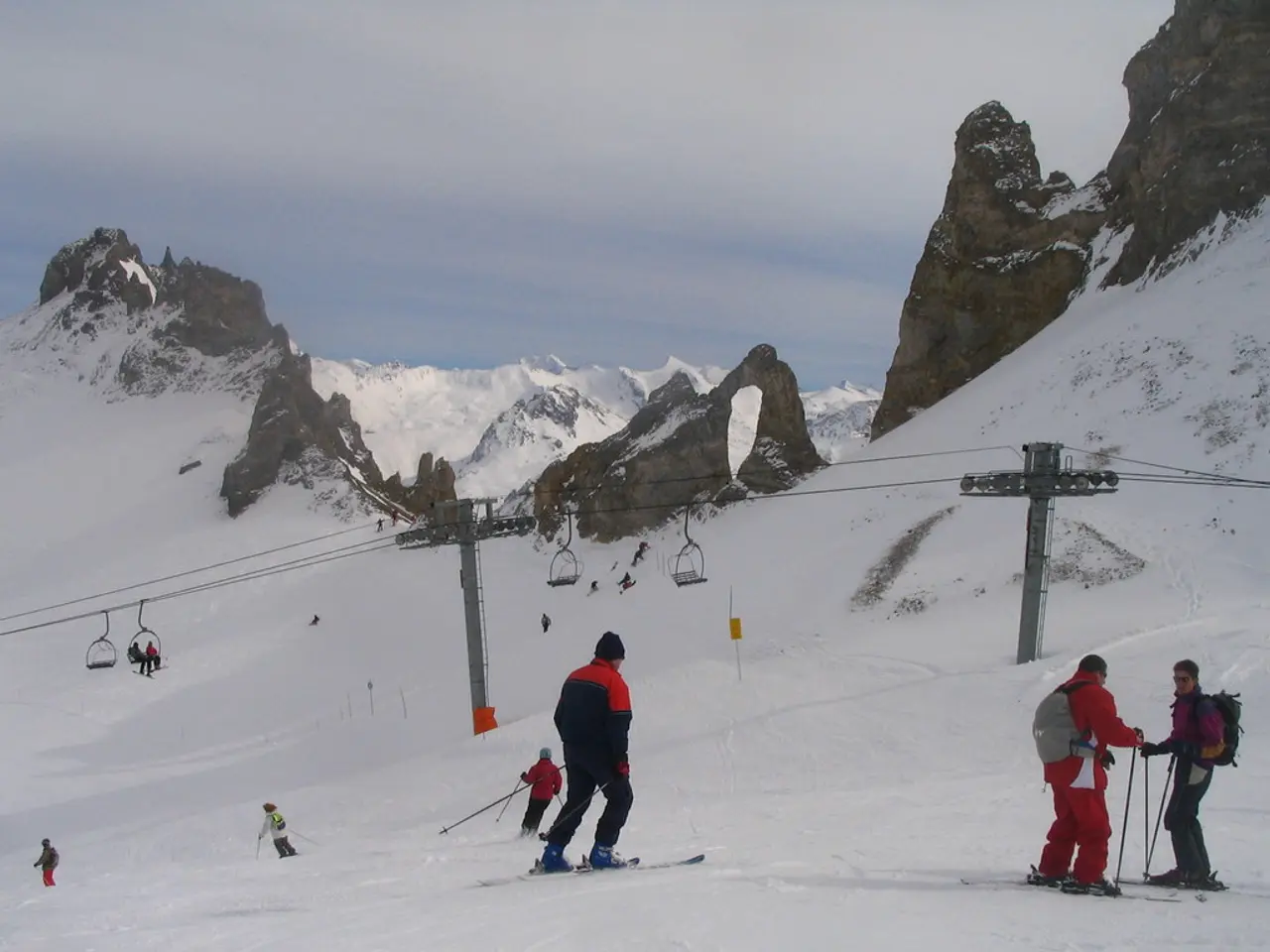Discovered: Aged Ski Lift Resurfaces Following Half-Century Submergence Due to Glacier Melting
The Dachstein ski lift, a relic of a time when summer skiing was possible on the Hallstatt Glacier, has re-emerged after being buried by snow for approximately 50 years. The wooden structure, now visible once more, serves as a stark reminder of the impacts of climate change on the region.
Georg Bliem, head of the Dachstein Glacier Railway, made the announcement to the German Press Agency. The emergence of the ski lift, built in 1970, is linked to the effects of climate change on the Hallstatt Glacier, which has shrunk from 5.27 square kilometers to about 2.22 square kilometers since the mid-19th century.
The reappearance of the ski lift is not the only change the retreat of the Hallstatt Glacier has brought. Local hiking trails need to be rerouted and secured due to the glacier's retreat, posing a danger to those who may fall into crevasses that were previously covered by ice.
The changes are also affecting local tourism attractions. The "Palace of Ice", a popular tourist destination in Hallstatt, may only exist for another four to five years. Rising temperatures are causing ice masses in the mountains to gradually disappear, putting many attractions at risk.
The remains of an old ski lift have also been discovered in Hallstatt, Austria, further highlighting the changes taking place. The exact cause of the Dachstein ski lift's burial under the ice is not specified in the available information.
The emergence of the ski lift was reported by the "Kronen Zeitung" in Upper Austria, adding to the growing conversation about climate change and its effects on the region. As the Hallstatt Glacier continues to retreat, it's clear that more changes are on the horizon.
It's important to note that the name of the research group that has determined the size of the Hallstatt Glacier since the middle of the 19th century is not explicitly mentioned in the available search results. However, their work is crucial in understanding the extent of the glacier's retreat and the implications for the local environment and tourism industry.
In the face of these changes, it's essential to adapt and find ways to preserve these unique landscapes for future generations. The re-emergence of the Dachstein ski lift serves as a poignant reminder of the past and a call to action for the future.








